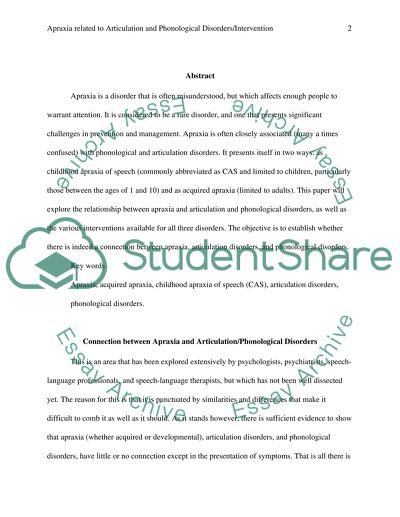Cite this document
(Apraxia Related to Articulation and Phonological Term Paper, n.d.)
Apraxia Related to Articulation and Phonological Term Paper. Retrieved from https://studentshare.org/health-sciences-medicine/1620256-apraxia-related-to-articulation-and-phonological-disordersintervention
Apraxia Related to Articulation and Phonological Term Paper. Retrieved from https://studentshare.org/health-sciences-medicine/1620256-apraxia-related-to-articulation-and-phonological-disordersintervention
(Apraxia Related to Articulation and Phonological Term Paper)
Apraxia Related to Articulation and Phonological Term Paper. https://studentshare.org/health-sciences-medicine/1620256-apraxia-related-to-articulation-and-phonological-disordersintervention.
Apraxia Related to Articulation and Phonological Term Paper. https://studentshare.org/health-sciences-medicine/1620256-apraxia-related-to-articulation-and-phonological-disordersintervention.
“Apraxia Related to Articulation and Phonological Term Paper”, n.d. https://studentshare.org/health-sciences-medicine/1620256-apraxia-related-to-articulation-and-phonological-disordersintervention.


